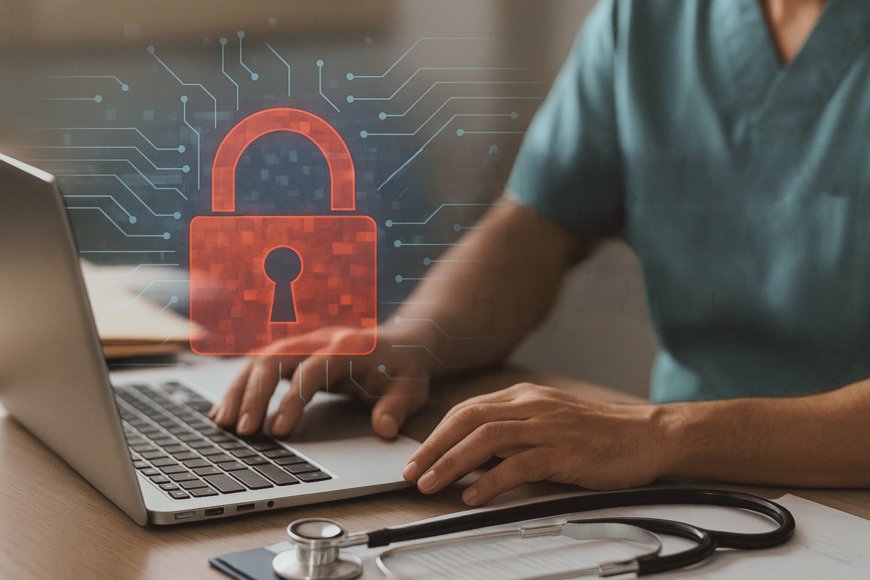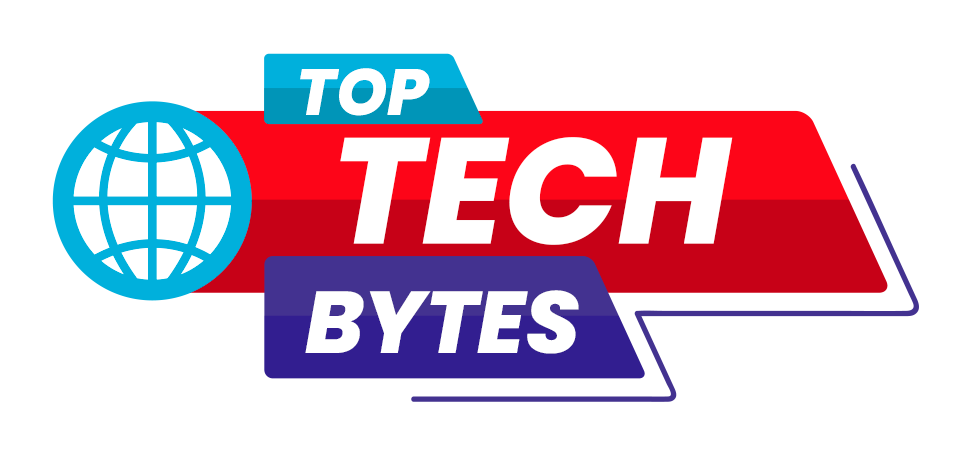Healthcare Organizations Suffer Increased Cyberattack Losses, With AI-Powered Threats and Data Breaches Driving Security Concerns
Healthcare cyberattacks are rising sharply, with growing financial losses, AI-driven threats, and stolen credentials driving risks. Strengthening identity protection is now critical to safeguard patient data, ensure service continuity, and reduce disruptions.

The healthcare sector is quickly becoming one of the most common targets for cybercriminals, with attack costs increasing at an alarming rate. According to a new Netwrix report, the number of healthcare organizations losing more than $200,000 to cyberattacks this year has doubled when compared to the same period in 2024. The sector's vulnerability is clear, with over half of all healthcare providers (48%) reporting at least one incursion between March 2024 and March 2025. Even more troubling,12% of such organizations reported losses of $500,000 or more, more than doubling the industry average of 6%.
Healthcare as a primary target for Cyberattacks
The healthcare industry has particular challenges, making it a prime target for hackers. Patient records are extremely valuable on the black market, and because hospitals and clinics cannot afford downtime due to the crucial nature of their services, they are more likely to pay ransoms or suffer significant recovery costs. According to the Netwrix report, several attacks begin with stolen or compromised login credentials, allowing hackers to quickly gain access to systems and disrupt patient care while exposing sensitive data.
The growing role of AI in Cyberattacks
Another growing issue is AI-powered attacks, with 37% of respondents identifying artificial intelligence as a significant threat. Hackers are now utilizing AI tools to launch rapid phishing operations, create highly convincing fake emails, and automate attacks on a scale that traditional defenses struggle to manage. Experts warn that attackers are outperforming defenders, increasing the security gap, and that enterprises must prioritize resilience and identity-first security measures to remain secure.
Rising financial risks highlight the need for stronger identity protection
The study emphasizes that securing user identification should be the first line of security, since stopping attackers from breaking into accounts significantly minimizes the possibility of stolen data or disrupted systems. Multi-factor authentication, zero-trust networking, and increased monitoring of user activities are all strongly recommended.Experts also point out that safeguarding patient data extends beyond technology, as even minor delays in healthcare systems can pose major threats to patients.
At the same time, statistics show a significant increase in financial damage compared to the previous year. In 2024, only 2% of healthcare organizations reported losses greater than $500,000, but this year the figure has risen to 12%, demonstrating how quickly the threat landscape is evolving and why improved identity protection is more important than ever. Strengthening identity security is no longer an option in the healthcare sector. Without immediate action, both patient safety and financial stability are compromised.
This article is based on information from Cybersecurity Dive







